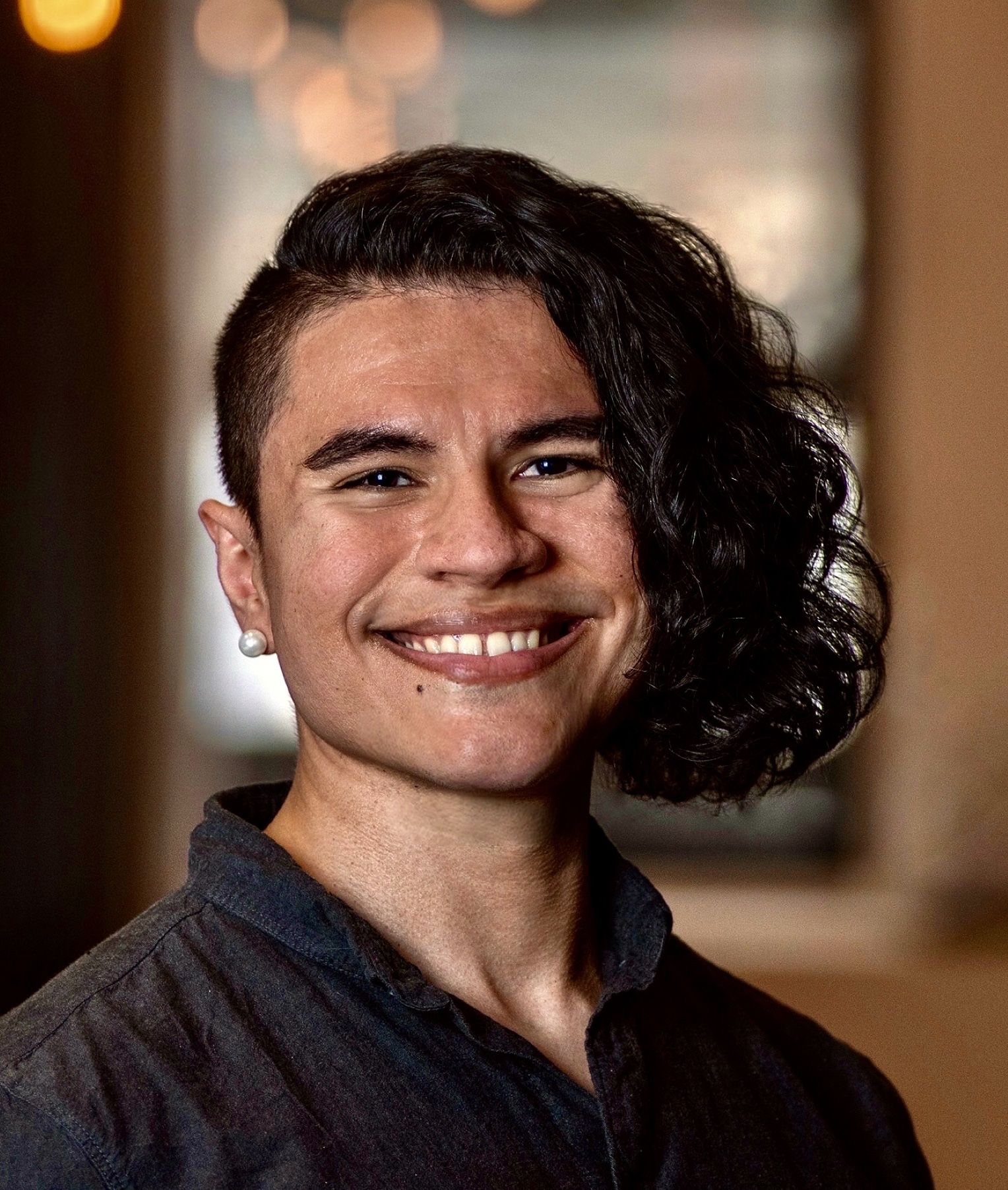2017 Outreach for Total Solar Eclipse Readiness
Public Outreach, K12 Schools & Workplaces, 2017
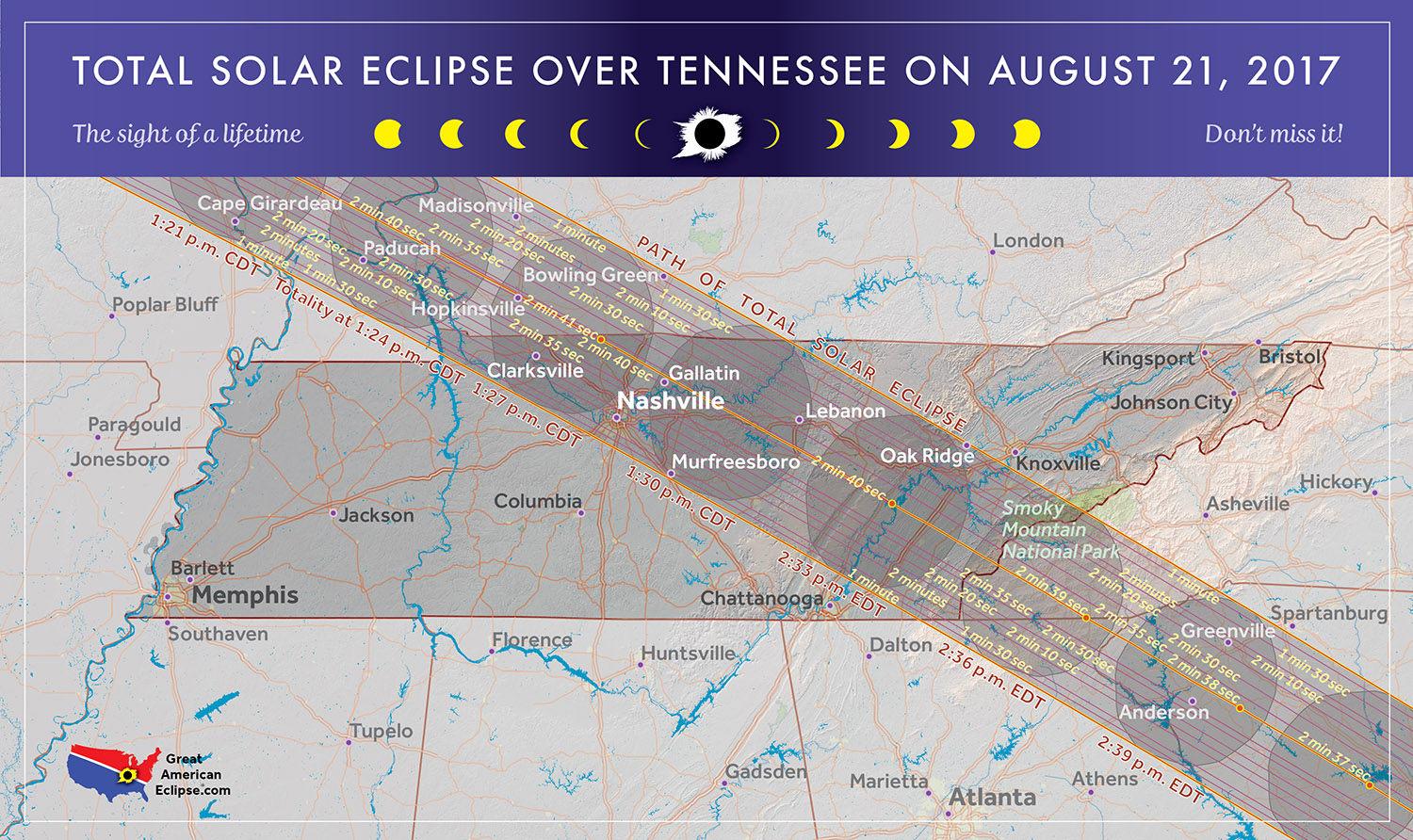 |
Nashville was the largest city to be under the path of complete totality during the August 17th 2017 solar eclipse (where the moon completely obscures the sun, causing immediate drops in temperature). This was a beautiful sight to behold, but it requires a lot of safety measures which needed to be communicated to the public effectively to prevent injury, and as an astronomer, I will just reiterate here for good measure: Don’t stare at the sun without the apropriate protective eye gear.
The Vanderbilt department of Physics & Astronomy developed an informative 1hr power point that covered the basics of the why Solar eclipses occur, and more importantly, how to safely observe them using direct protective measures such as solar eclipse rated glasses, or indirect methods such as a camera obscura. I was among the people who volunteered to go to different places such as a workplaces in Nashville and the schools in the Nashville-Davidson area that reached out to our department’s announcement for preparations.
What’s a “Camera Obscura”? Its a technology that has technically existed since the 4th century BCE for observing objects and could be considered the precursor to the modern camera. It’s a neat little device that can be made with a cardboard box, a needle, and some tape. Using a camera obscura is one of the safest ways to watch a solar eclipse as you are never directly looking at the Sun.
| Camera-Obscura |
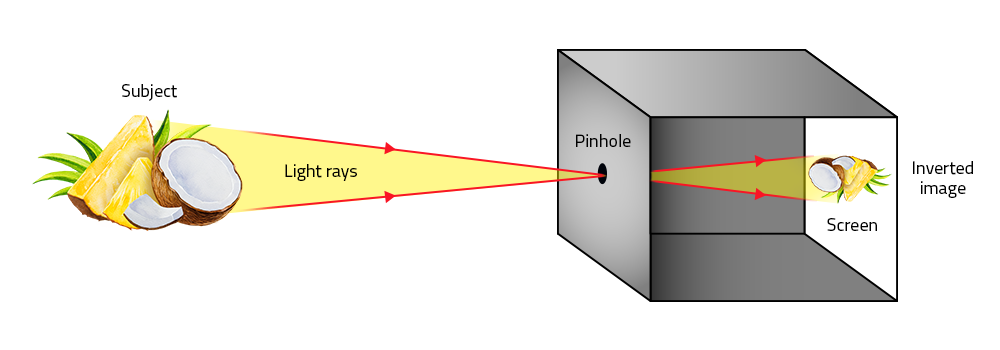 |
The fun thing about camera obscuras is that the pinhole effect which causes the light rays to produce an inverted image opposite the real object can occur through any small pinhole. This means a solar eclipse will be observable with everyday objects if the pinholes are small enough.
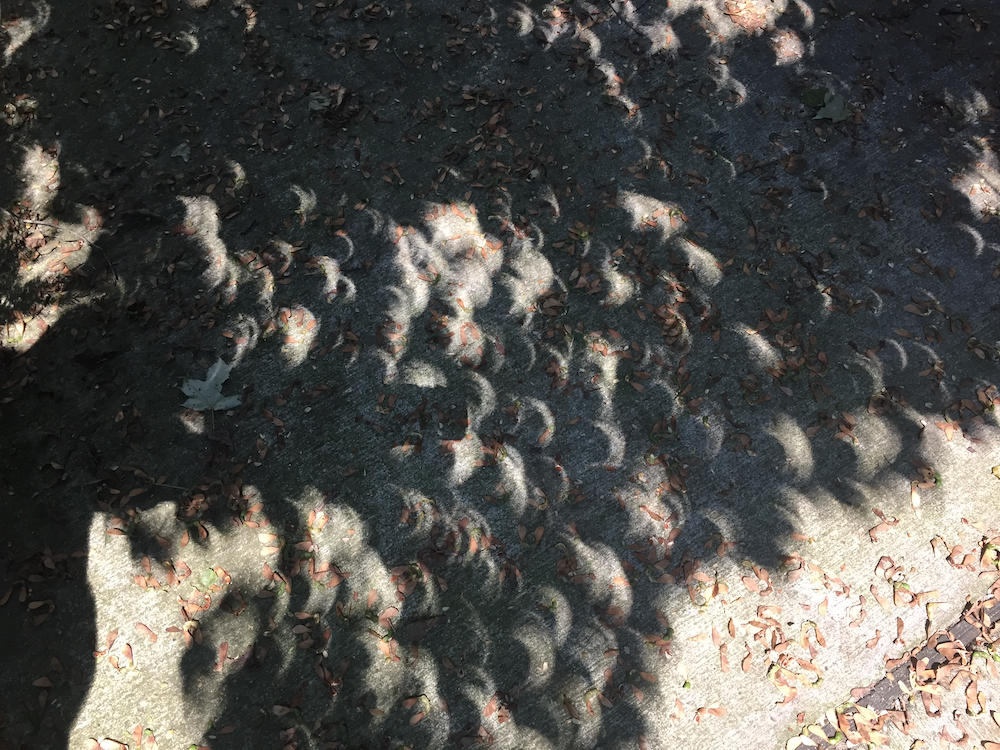 | 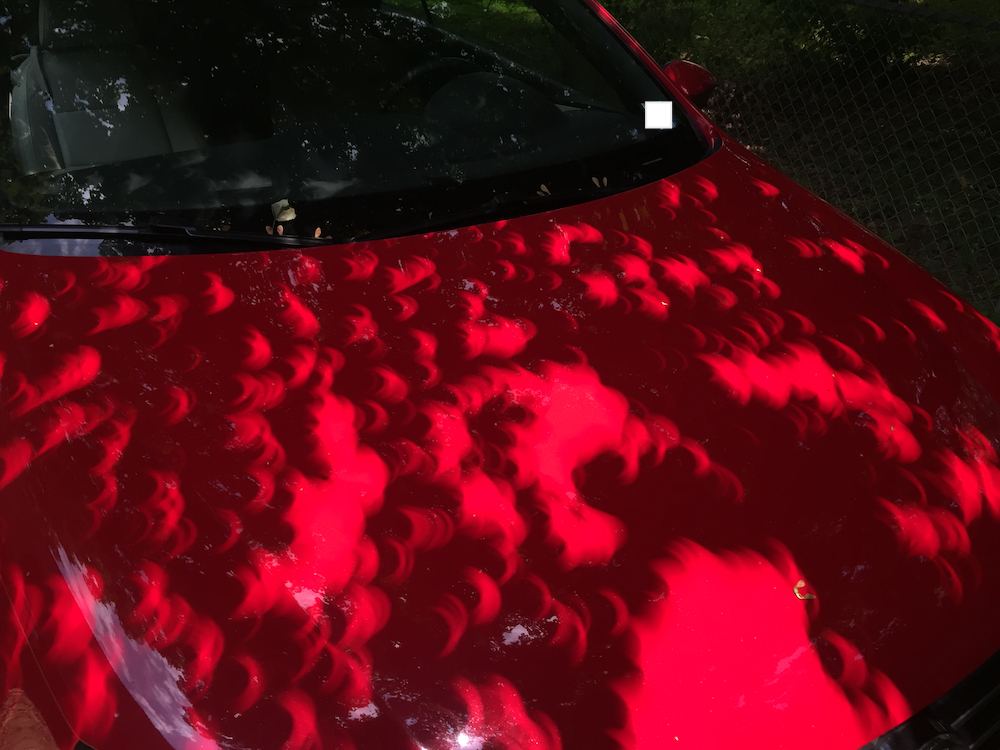 |  |
